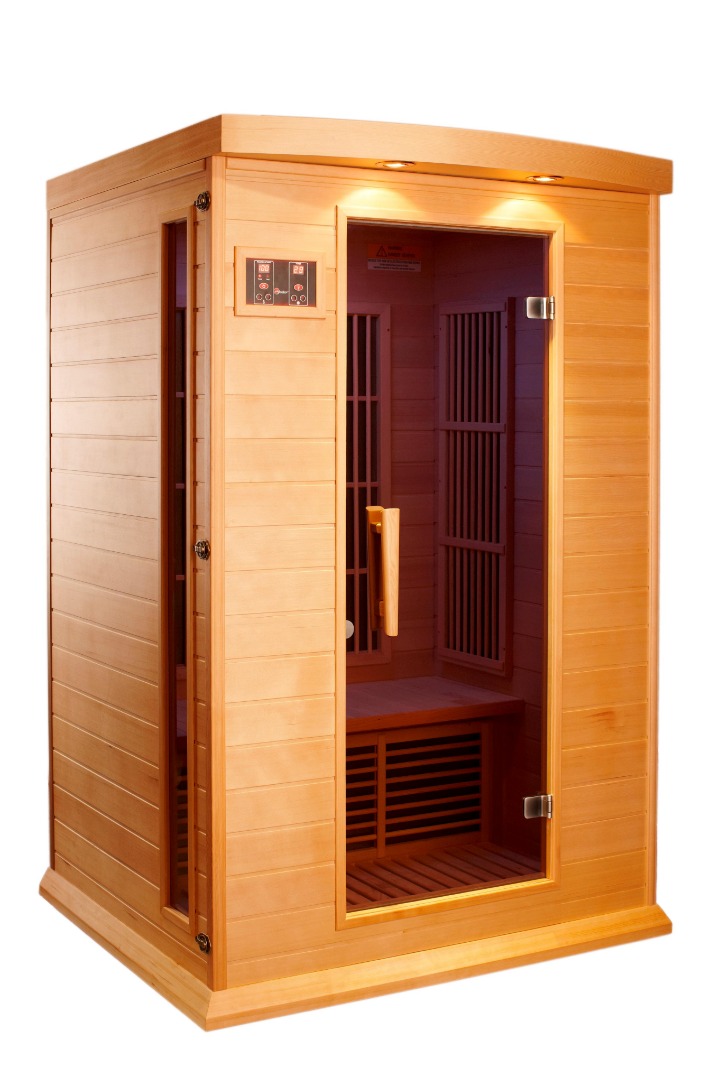In today’s advanced technological age, the use of a thermography camera has ushered in a new era of precise and non-invasive diagnostic solutions. These devices serve a broad spectrum of industries, from medical diagnostics to industrial maintenance. With their ability to detect thermal variations, these cameras have become indispensable tools.
What is a Thermography Camera?
A thermography camera, also known as an infrared camera, is a device that visualizes and measures temperature variations on surfaces. These cameras capture infrared radiation and convert it into an electrical signal to generate a thermal image or thermogram. This image allows for the identification of hot and cold spots, translating into various practical applications.
Applications of Thermography Cameras
- Medical Diagnostics: Detects abnormalities in blood flow, inflammation, and other physiological issues without radiation exposure.
- Industrial Maintenance: Identifies overheating in machinery, electrical systems, and insulation, preventing potential failures and ensuring safety.
- Building Inspections: Unveils hidden leaks, poor insulation, and structural complications within walls and roofing.
- Environmental Monitoring: Tracks changes in ecosystems by monitoring temperature variations over time.
The Advantages of Using Thermography Cameras
Integrating a thermography camera into regular inspections and diagnostics offers numerous benefits:
- Non-Invasive Assessments: Provides fast and non-contact temperature measurement, eliminating the need for direct physical interaction.
- Early Problem Detection: Identifies issues before they become critical, offering a proactive approach to maintenance and health care.
- Cost-Effective Solutions: Reduces downtime, extends equipment lifespan, and minimizes unnecessary repairs.
Read more about flir thermal imaging camera here.
Frequently Asked Questions
How accurate are thermography cameras?
The accuracy of a thermography camera can vary based on the model and manufacturer. High-quality cameras can achieve up to ±0.1°C accuracy, making them highly reliable for precision tasks.
Can thermography cameras see through walls?
No, thermography cameras cannot see through walls. They can detect temperature differences on the surface of walls, helping locate issues like insulation gaps or hidden leaks.
What maintenance does a thermography camera require?
Regular calibration, lens cleaning, and software updates are essential to maintain the optimal performance of a thermography camera. Always refer to the manufacturer’s guidelines for specific maintenance instructions.
Harness the potential of a thermography camera to ensure safety, efficiency, and proactive problem-solving across various fields. With its broad applicability and advanced technology, this innovation continues to redefine diagnostics and inspections.


